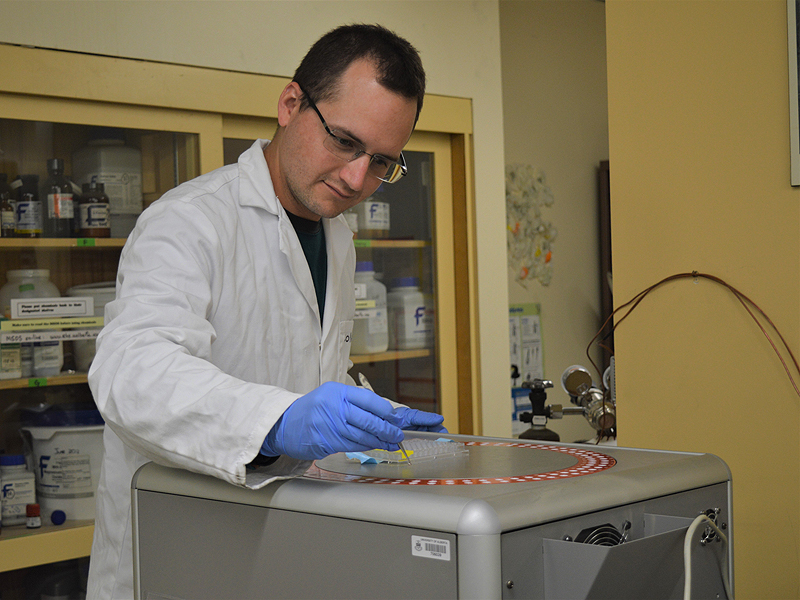Equipment and Machinery

Have you seen a drone buzzing by in a park and wondered what all the fuss is about? These flying vehicles may seem like just an upgrade to the remote-controlled helicopters of yesteryear. But drones are receiving a lot of attention for good reasons.
Drones can help people, including farmers and scientists, look at and analyze pretty much anything. When it comes to farm fields, they can help track flooding, hail damage, or even plant health — fast.
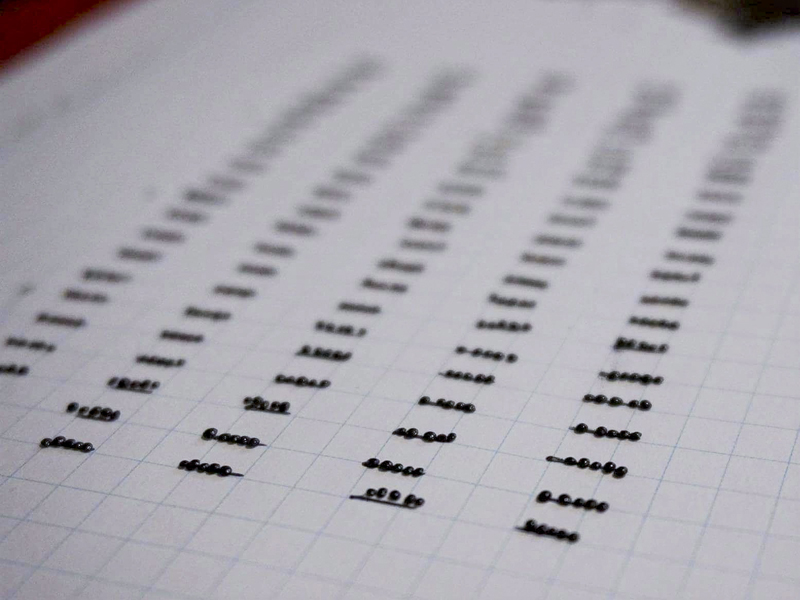
One, two, three, four, five. One, two, three, four, five. Over and over and over. That’s the dull routine of any researcher or student tasked with counting weed seeds. But just like technology has made many things in life faster and easier, relief may be coming for seed counters as well.
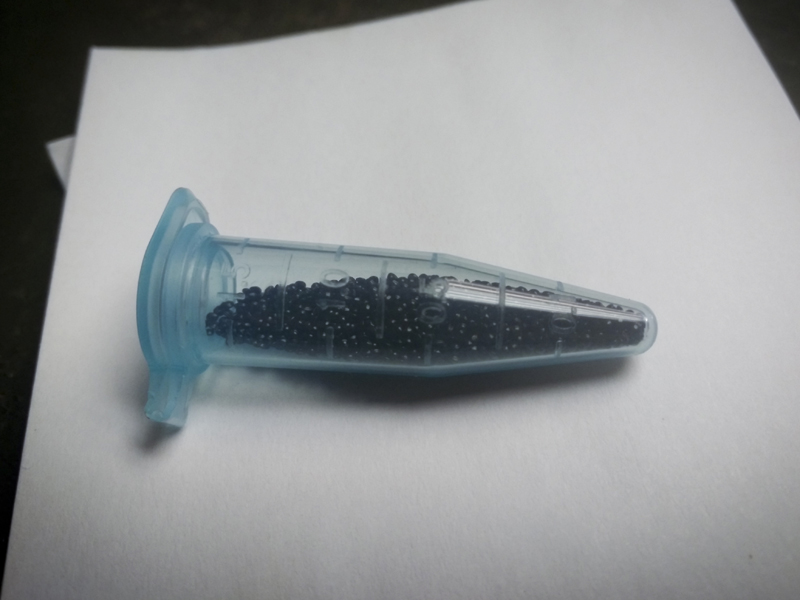
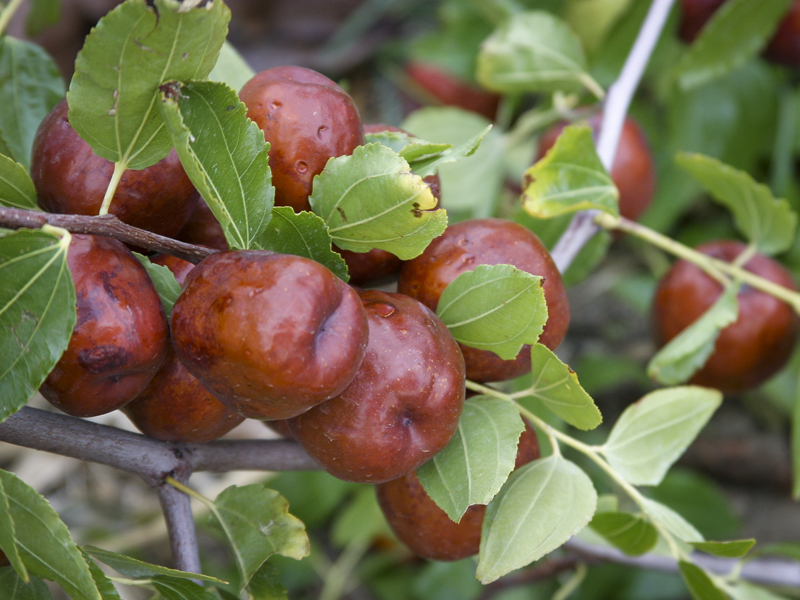
People have used the phrase “drone on and on” for a long time. Webster’s dictionary defines this figure of speech as “to speak for a long time in a dull voice without saying anything interesting.”
 Yet, in agriculture, drones aren’t dull, at all!
Yet, in agriculture, drones aren’t dull, at all!
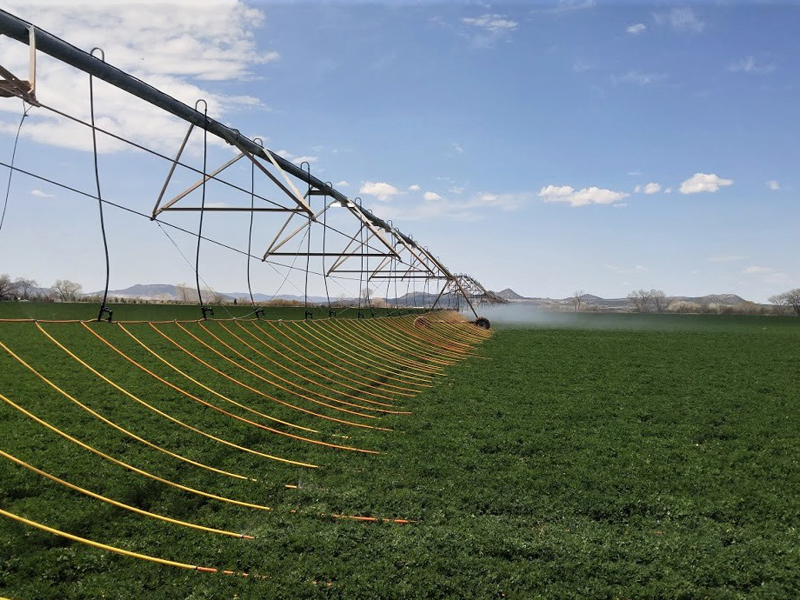
A healthy lifestyle consists of a mixture of habits. Diet, exercise, sleep and other factors all must be in balance. Similarly, a sustainable farm operates on a balanced plan of soil, crop, and water management techniques.
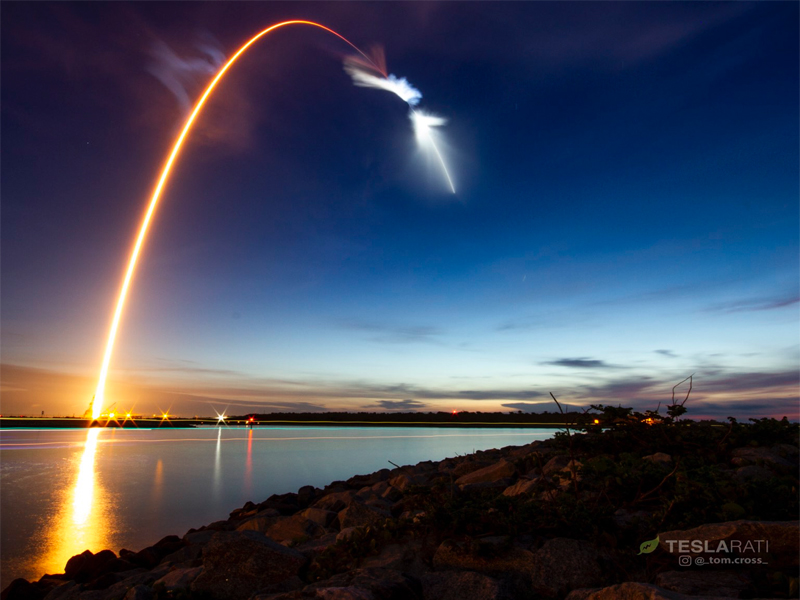
Farmers irrigating their crops may soon be getting some help from space. In 2018, scientists launched ECOSTRESS, a new instrument now attached to the International Space Station. Its mission: to gather data on how plants use water across the world.
The ECOsystem Spaceborne Thermal Radiometer Experiment on Space Station (ECOSTRESS) helps scientists answer three broad questions:

Too much of a good thing can be a bad thing. That’s certainly true for nitrogen fertilizers.
Without enough nitrogen, crops don’t grow well. Yields are reduced significantly.
Applying too much nitrogen fertilizer, on the other hand, can hurt the environment. Nitrogen can enter the watershed, polluting aquatic ecosystems. Microbes can also convert the excess nitrogen into nitrous oxide, a greenhouse gas implicated in climate change.

Ground penetrating radar isn’t something from the latest sci-fi movie. It’s actually a tool used by soil scientists to measure the amount of moisture in soil quickly and easily.

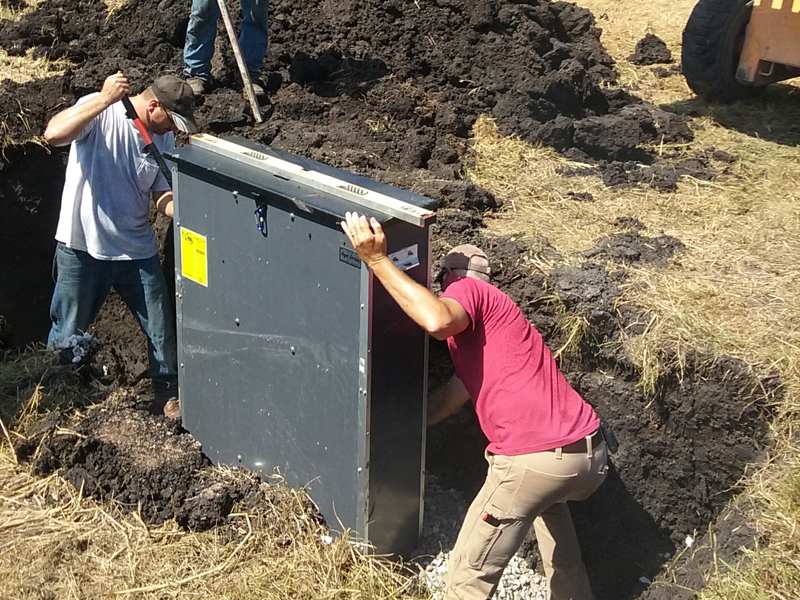
Spring in America’s heartland is often wet. That makes its soil too soft for planting. One solution to that issue is tile drainage. Growers insert a series of pipes (drain tiles) under their fields, which drains water from the soil into nearby streams and lakes.


Coffee is one of Brazil’s biggest crops. Brazil’s favorable climate helps coffee beans ripen and be ready for picking during a concentrated period of weeks. This makes mechanical harvesting an economically reasonable choice.


